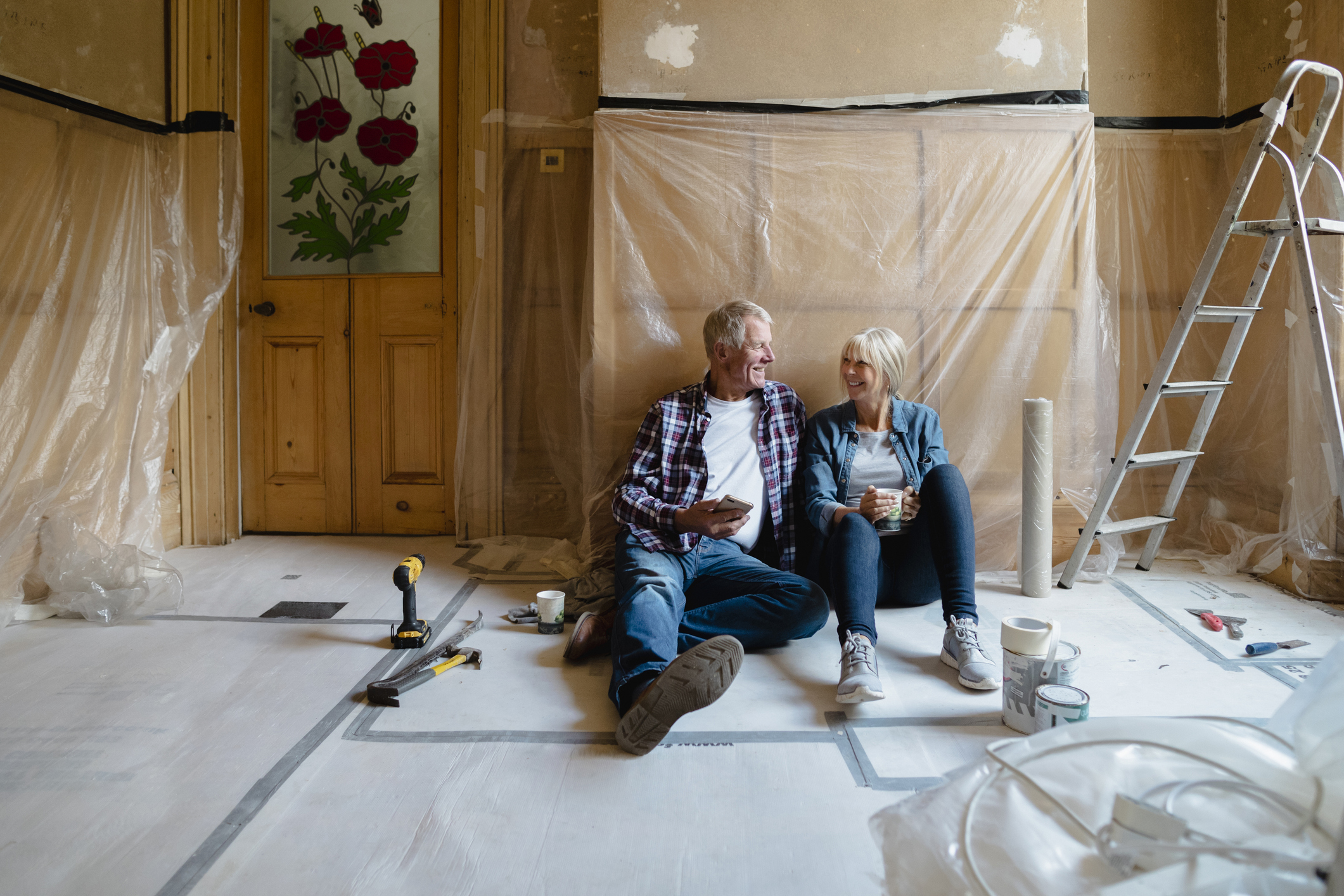You’re Stuck Taking RMDs: Now What?

There’s a reason savers are often encouraged to either stow money for retirement in a Roth account from the start or do Roth conversions ahead of retirement. Roth accounts do not force savers to take required minimum distributions (RMDs), which can be problematic in several regards.
RMDs effectively force you to spend down your savings in your lifetime to a large degree. The reason for this is that lawmakers do not want tax-advantaged retirement accounts like IRAs and 401(k)s to become wealth-transfer tools utilized primarily by the rich. Instead, the IRS is willing to allow savers to contribute thousands of tax-free dollars each year to these accounts for the promise that that money will eventually be spent in retirement.
But it’s not just that RMDs limit the extent to which you get to enjoy tax-advantaged growth in retirement. They also create a tax liability. Plus, they can have other consequences, like pushing higher earners into income brackets that result in Medicare surcharges.
Sign up for Kiplinger’s Free E-Newsletters
Profit and prosper with the best of expert advice on investing, taxes, retirement, personal finance and more – straight to your e-mail.
Profit and prosper with the best of expert advice – straight to your e-mail.
For this reason, many savers try to avoid RMDs. But not everyone can.
If you were a high earner for most of your career, you may not have had an opportunity to do a Roth conversion before retirement. So, if you’re stuck taking RMDs, you might as well make the most of that money. Here’s how.
If you’re stuck taking RMDs, then use QCDs to soften the tax blow
Qualified charitable distributions (QCDs) are a great way to reduce the tax liabilities associated with RMDs. To make one, choose a registered charity that’s meaningful to you and confirm that they’re able to receive QCDs. From there, it’s a matter of filling out the right forms within your retirement plan to arrange for the direct transfer of funds.
If you’re on the hook for very large RMDs, though, QCDs may not totally solve your problem. They max out at $108,000 this year for singles and $216,000 for married couples filing jointly.
Reinvest RMDs for a tax-efficient legacy
RMDs force you to remove funds from a tax-advantaged retirement plan. But no one is going to force you to spend the money. Evan Potash, executive wealth management advisor at TIAA, says that if you don’t need the funds, you can pay the taxes and reinvest RMDs in a taxable brokerage account.
“This is a great way for individuals to leave a tax-efficient legacy for their families,” he says.
Pass RMDs on to family
It may be that you’re in a better financial position than your grown children, who may be struggling to cover their expenses while grappling with childcare costs. Potash says another great way to make the most of RMDs is to gift the money to someone you care about.
“The IRS also allows you to gift $19,000 per year to anyone,” he explains.” This allows you to transfer your wealth to family when they may need it the most. You can also see them enjoy the gift while you’re alive.”
Travel as a family
(Image credit: Getty Images)
You may have ample room in your retirement budget for travel. But if you have funds from RMDs coming your way, Potash suggests using the money to treat your loved one to shared travel experiences. Traveling as a family allows you to make memories you’ll cherish forever, and you may find the experience more rewarding than traveling solo or with your spouse or partner.
Start a business
Many people with successful careers suffer an identity crisis in retirement. The loss of a job can translate into a loss of purpose, leaving retirees lost.
That’s why starting a business can be beneficial for retirees, even if it’s not a major money-maker. And Jake Falcon, CEO at Falcon Wealth Advisors, says, “For those with entrepreneurial aspirations, RMDs can be used to start a small business or invest in a passion project. This can provide a sense of purpose and potentially generate additional income, making retirement more fulfilling.”
Retrofit your home to age in place

(Image credit: Getty Images)
A growing number of Americans are seeking to age in place. Often, that requires home modifications to address safety and mobility issues.
Falcon says, “As retirees age, it’s important to ensure their living environment is safe and comfortable. Using RMDs to retrofit their home with accessibility features, such as grab bars, ramps, and stairlifts, can improve their quality of life and allow them to age in place.”
If your home is already well-suited to aging, or you’re not sure you’ll stay there forever, you can spend your RMDs on improvements that might enhance your quality of life in the near term. That could mean springing for the ultra-plush carpet you’ve always wanted or installing seasonal window treatments.
Invest in your health
Rather than bemoan upcoming RMDs, you can use them as an opportunity to improve your health, says Falcon. You’re never too old to hire a personal trainer or invest in equipment that helps you build up or maintain your strength.
Read More
Source link



:max_bytes(150000):strip_icc()/foodshopping-fc82821b90664c04a16ed77f56b19a3b.jpeg?w=390&resize=390,220&ssl=1)
:max_bytes(150000):strip_icc()/GettyImages-1692833875-1b2719806b5545cb9e2e8eddb1d842be.jpg?w=390&resize=390,220&ssl=1)

